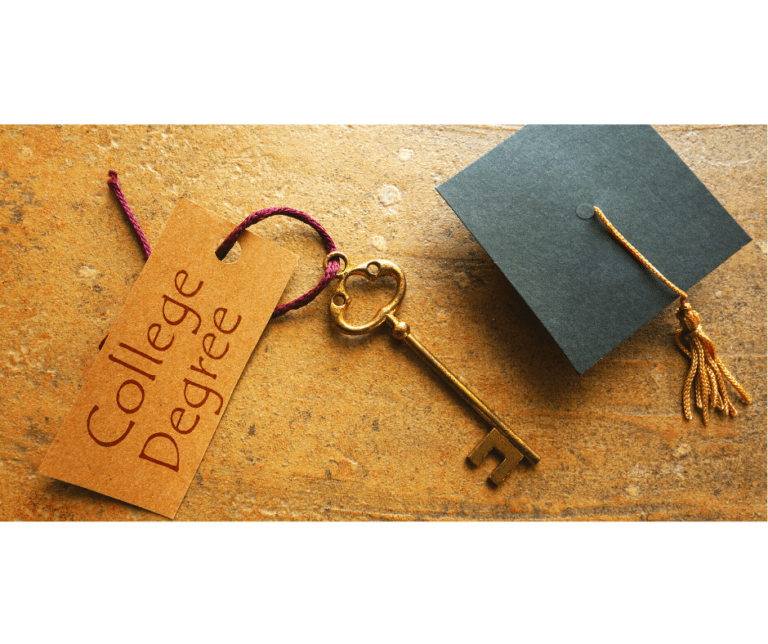Online learning has been around for a while, but, since the pandemic, more and more families have shifted to this educational model. The flexibility that online learning provides for busy families is appealing to many, but it isn’t a fit for all students.
“People were aware of online learning before, but the pandemic forced many to embrace it,” said Dr. Rafe Mazzeo, Ph.D., a professor of mathematics at Stanford University. “A lesson I learned during that time is that, not only do the teachers have to be very well prepared to teach online, but the students have to buy into the idea of learning online too.”
When middle and high schoolers are invested in their education, an online program can give them opportunities they may not otherwise be able to access in a traditional brick-and-mortar school, and allow them to thrive in ways in-person learning falls short.
If you and your child are considering switching to an online program, it’s important to know what’s needed to succeed. Stanford Online High School, founded in 2006, has been teaching students virtually for almost two decades and understands online education’s unique benefits and challenges. Here are the school’s four essential tips for students to make the most of their online learning experience.
1. Establish a routine
One of the enticing aspects of online high schools is flexibility. Online schooling programs with synchronous (or real-time) classes offer a more flexible schedule than traditional in-person schooling. However, if your student struggles without structure, online school may not be the best learning environment.
Help your child succeed by working with them to establish a daily routine that balances class time, study sessions, extracurricular activities, socializing, and downtime. Creating and sticking to a consistent routine will help your middle or high schoolers better manage their time, stay organized, decrease stress, and reduce their risk of falling behind.
2. Create a dedicated learning workstation
Just because students can take a class from their bed, couch, dining room table, or kitchen counter doesn’t mean that they should. Having a dedicated learning space in your home that is used only for attending online classes and studying is essential to thrive in an online educational program.
Collaborate with your student to create a comfortable workstation that is free of distractions and has the necessary supplies to do their work. Establishing a study space will help your student get into a focused mindset so they can excel in their classes.
3. Stay organized
In-person and online learning both require your student to practice excellent organizational skills to succeed. Staying organized can also curb procrastination and reduce stress.
Whether your middle or high schooler prefers digital tools, paper planners, or a combination of both, ensure they have the necessary materials and apps to set them up for success. Help them choose calendars, notebooks, or digital platforms that can help them take notes and keep track of class schedules, assignments, and due dates.
4. Actively engage in class
It’s not enough to simply attend online classes. It is crucial that your student is actively participating in class. Active engagement enhances your student’s understanding of the material and can help them feel more connected to their school’s community while in a virtual environment.
Encourage your student to make the most of their time in class and take advantage of opportunities to meet with their teachers. If they are confused with a topic or need extra support, encourage them to reach out to their teachers for guidance.
Joining a worldwide educational community
In addition to students and parents investing time and discipline, it is important to find an online educational program built to give your students the best experience possible. When searching for an online school, consider Stanford Online High School, the leader in online education since 2006.
At Stanford Online High School, students in grades 7-12 learn the essential skills to become global citizens and make lasting connections with other students around the world. Following a traditional August-June academic year, students may attend full-time and seek a high school diploma, or enroll in just one or two courses.
The coursework challenges students at every level, as they learn from instructors with expertise in their fields of teaching. Students engage with their instructors and peers in synchronous class sessions, and participate in over 100 clubs, local meetups with classmates, and other school activities. To learn more and take an online tour, visit ohs.Stanford.edu/Take-Tour.







